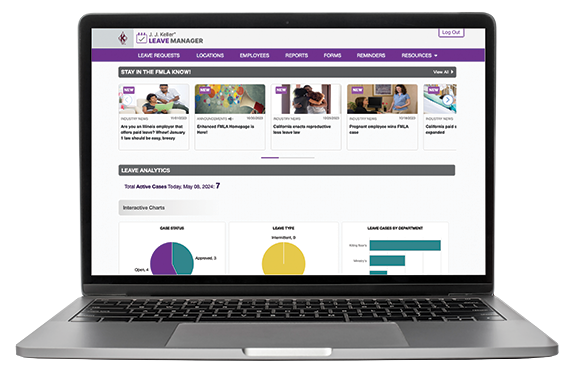What are the most common employer missteps when it comes to FMLA?
10/28/2019
- Not recognizing leave notice
- Employees need not “apply” for FMLA leave, nor do they need to use any particular terms or language. The burden to provide such notice of the need for leave is very low. One court ruled that an employee’s sleeping on the job was enough unusual behavior to be seen as notice. Another court ruled that uncontrollable crying (also unusual for the employee) was notice.
- Not carefully reviewing a certification to determine whether a serious health condition is involved
- The certification is at the heart of determining whether an absence qualifies for FMLA protection (outside of bonding with a healthy child). Compare the information with the definition of a serious health condition (825.113 - .115) to see if they match.
- Requesting recertifications too often
- The DOL has rules surrounding recertifications, including their timing and frequency. Asking for recertifications too often can risk a claim that you are interfering with an employee’s FMLA rights.
- Asking employees to work during FMLA leave
- Whenever and wherever an employee is working, that time may not be counted as FMLA leave. With today’s mobile workforce, tracking hours worked and not worked can be a challenge, but you may not require an employee to take more FMLA leave than is needed.
- Not considering other laws, such as the ADA
- If an employee exhausts the 12 weeks of FMLA leave, he or she may have protections under other laws, such as the Americans with Disabilities Act or state laws. Moving immediately to terminating the employee can risk violating other laws.

The J. J. Keller LEAVE MANAGER service is your business resource for tracking employee leave and ensuring compliance with the latest Federal and State FMLA and leave requirements.